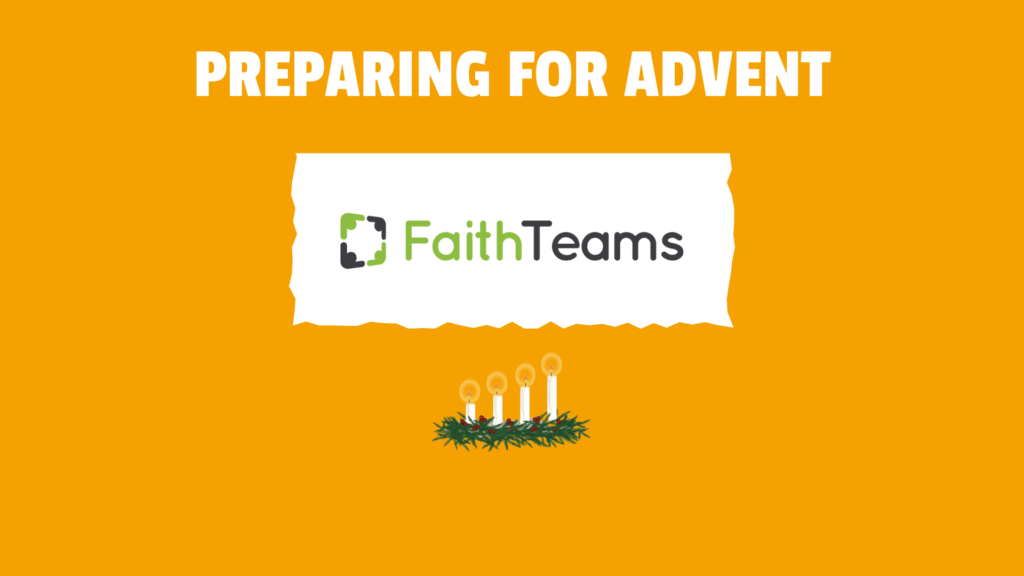
Easter is exciting, and a powerful time for churches and their people, but it’s what happens after that can really shape a church’s long-term growth and engagement. Here are five strategies to help sustain interest and momentum after Easter:
Follow-Up with Visitors: Easter often brings new visitors who are seeking something in your church. Send them personalized emails or even test messages, inviting them to upcoming services/sermons, events or small groups. A quick phone call or text can make them feel valued. Encourage people to return to church but without there being any guilt if they don’t. Most of all, pray for those who may be struggling with returning to church.
Plan a Post-Easter Sermon Series That Connects: People who visit on Easter are often spiritually curious or looking for hope. Follow up with a sermon series that speaks directly to those needs—topics like “Now What? Living the Resurrection,” “Hope in Uncertain Times,” or “Finding Purpose” can keep people coming back. Use stories and humor to keep it lively.
Host a Fun, Low-Pressure Event
About 2–3 weeks after Easter, hold a community event like a church picnic, game night, coffee & conversation morning, or young families gathering. It gives people another reason to come back and get to know others. Your active members also need to continue that connected feeling. A spring cleanup or charity drive can unite the whole congregation. Community is definitely key. A Pew Research study in 2020, showed that a majority of churchgoers value community and relationships over doctrine alone. Emphasizing connection post-Easter is key.
Make it all seem New!
Easter is about renewal and new life. Your church facilities and digital presences should also seem “new”. Update your website, Facebook and Instragram graphics to show that renewal. Change the message on your outside digital signage. Update your events with summer camps and VBS. Even Faith Teams Community!
Let Lay Leaders Lead
Right after Easter, your leadership needs some time to renew their plans for the coming 12 months. And while your leaders are planning, your lay leaders need to “hold down the fort”. Even more though they can see their commitment renewed by getting a chance to become critically important to growing interest and energy at your church. Lay leaders can use their platforms—whether that’s in announcements, small groups, or social media—to spread the word about upcoming series, classes, or events. Some can even lead Sunday services. They’re often more approachable to newer folks than pastoral staff.
Think of Easter Monday as the start of a new year, a chance to take a breath, reach out to those who visited you on Easter Sunday, reach out to your church members who also are already excited by the renewal that Easter brings and ensure that feeling is enshrined in all physical and digital things at your church.




